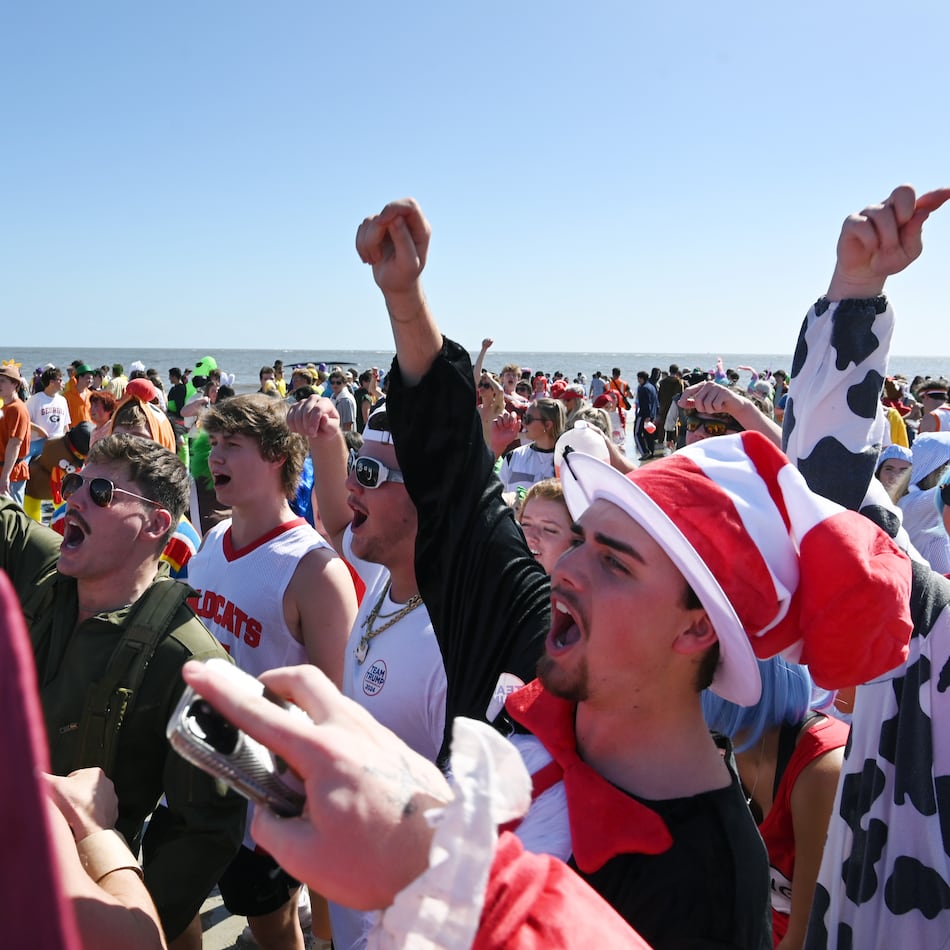Q: I want to plant native wildflowers that belong to Georgia. Where is the best place to get native Georgia plants? Brooke Junker, email local
A: There are at least four good sources, but I’m sure there are more. I have links to them plus an extensive list of Georgia’s native plants at bit.ly/GAnatives.
Q: This year, we got tons of figs from our fig bush! But we only got to eat a small percentage because the tree was inundated with wasps and hornets. Is there anything to prevent them from eating all our figs? Julie Audibert, Sandy Springs
A: I share with my neighbor two big fig bushes on our property line. There are lots of figs and lots of insects. Fortunately, I have learned over the years that when I am picking figs, the insects are not thinking about defending their food, they are just thinking about feeding their families back in the nest. When I see an insect feeding on a sweet fig that I want to pick, I tap the limb with a short stick I carry for this purpose. The insect flies off to another fig and does not attack me. I move slowly and steadily as I pick and we all coexist amiably. I never pick without shoes because I’m sure their good mood would change if I stepped on one enjoying a delicious meal. You may not be as comfortable as I am around the insects at fig picking time, but I encourage you to add a stick to your equipment and try my technique sometime.
Q: I have a backyard area of sparse Bermuda grass. The area gets about two hours of overhead direct sunlight each day. Is there any hope for a healthy Bermuda lawn in this area? Would fescue work? Jeff Arrington, email
A: With only two hours of direct sunshine in a day, the Bermuda grass is never going to look great. Some of the new Bermuda varieties tolerate four hours of sun, but most need six hours of direct sunshine to thrive. Fescue might grow in the area, but it will always struggle in this amount of light. In other words, the fescue won’t grow vigorously enough to avoid having dying grass clumps occasionally. These spots will be prime places for weeds to grow. If you use weed killer to control the weeds, they will weaken the fescue further. You’ll end up on a treadmill of planting, weed control, reseeding and maintenance jobs, like mowing and watering, that have little margin for error. You can’t force grass to be healthy! You have to start with choosing the right plant for the right place, which in your case may not be turfgrass. Consider mondo grass, Asiatic jasmine or vinca vine instead. Or, if you are hardheaded, you can try planting fescue in mid-September.
Walter’s email address is georgiagardener@yahoo.com. Listen to his comments at 6:35 a.m. on “Green and Growing with Ashley Frasca” Saturday mornings on 95.5 WSB. Visit his website, www.walterreeves.com, or join his Facebook Page at bit.ly/georgiagardener, for his latest tips.
About the Author
The Latest
Featured

